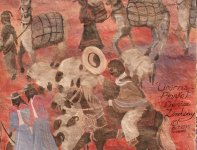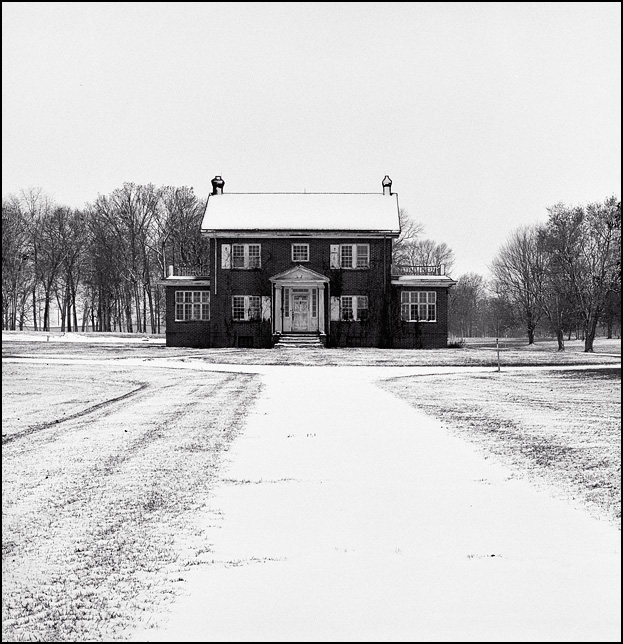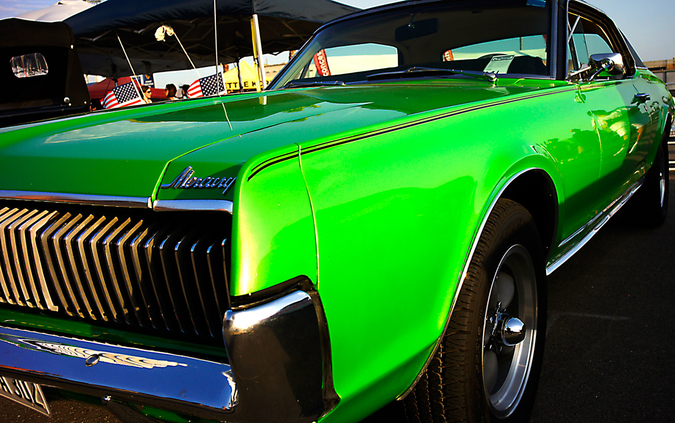rkm
Well-known
Following on from the "do you crop" thread, I'm interested in examples of composition that you feel just work better in a given aspect ratio, regardless of the format the image was shot on. Please post examples if possible, even before and after examples (if cropping was required) if you can.
Thanks.
Thanks.












